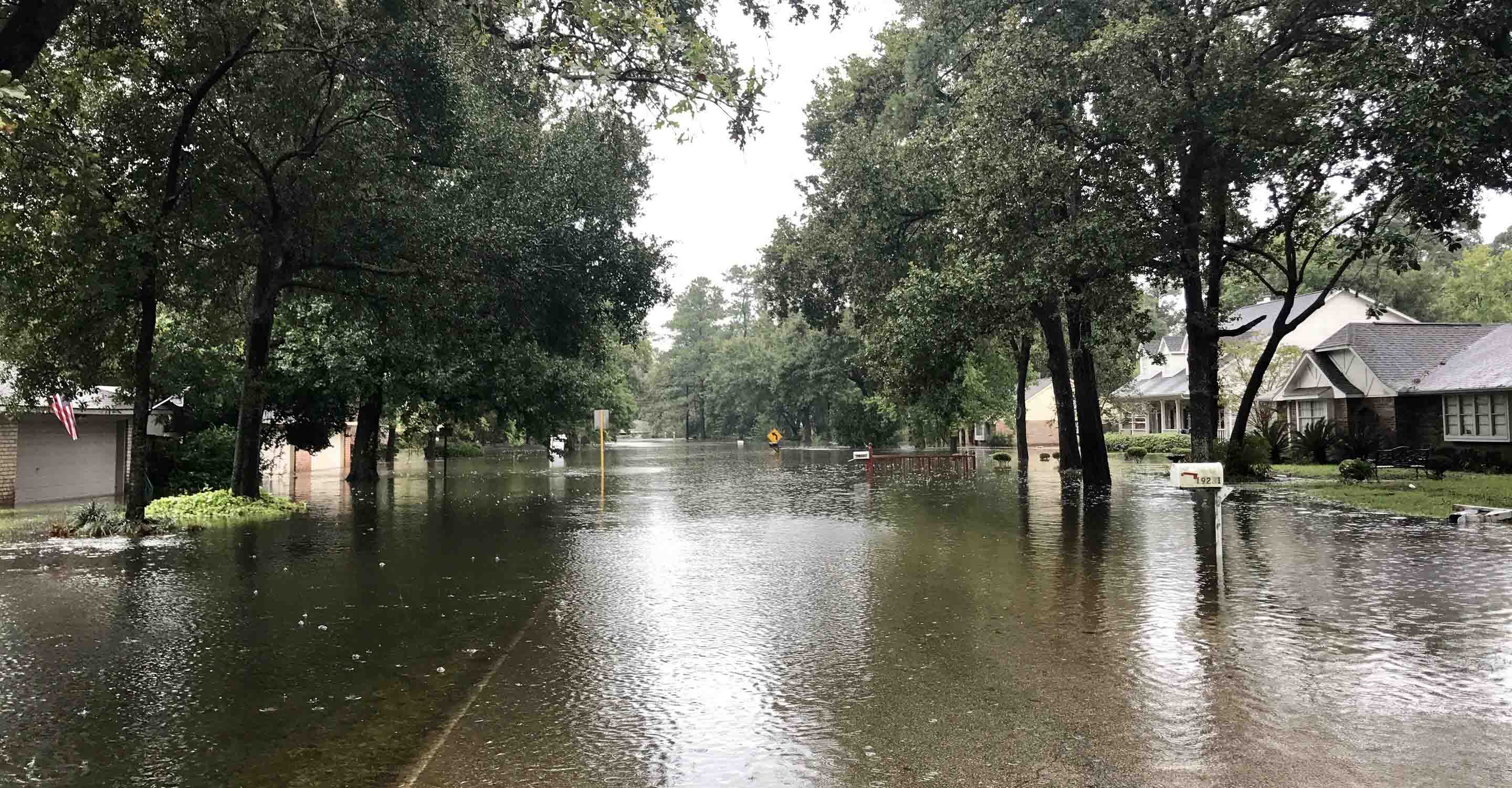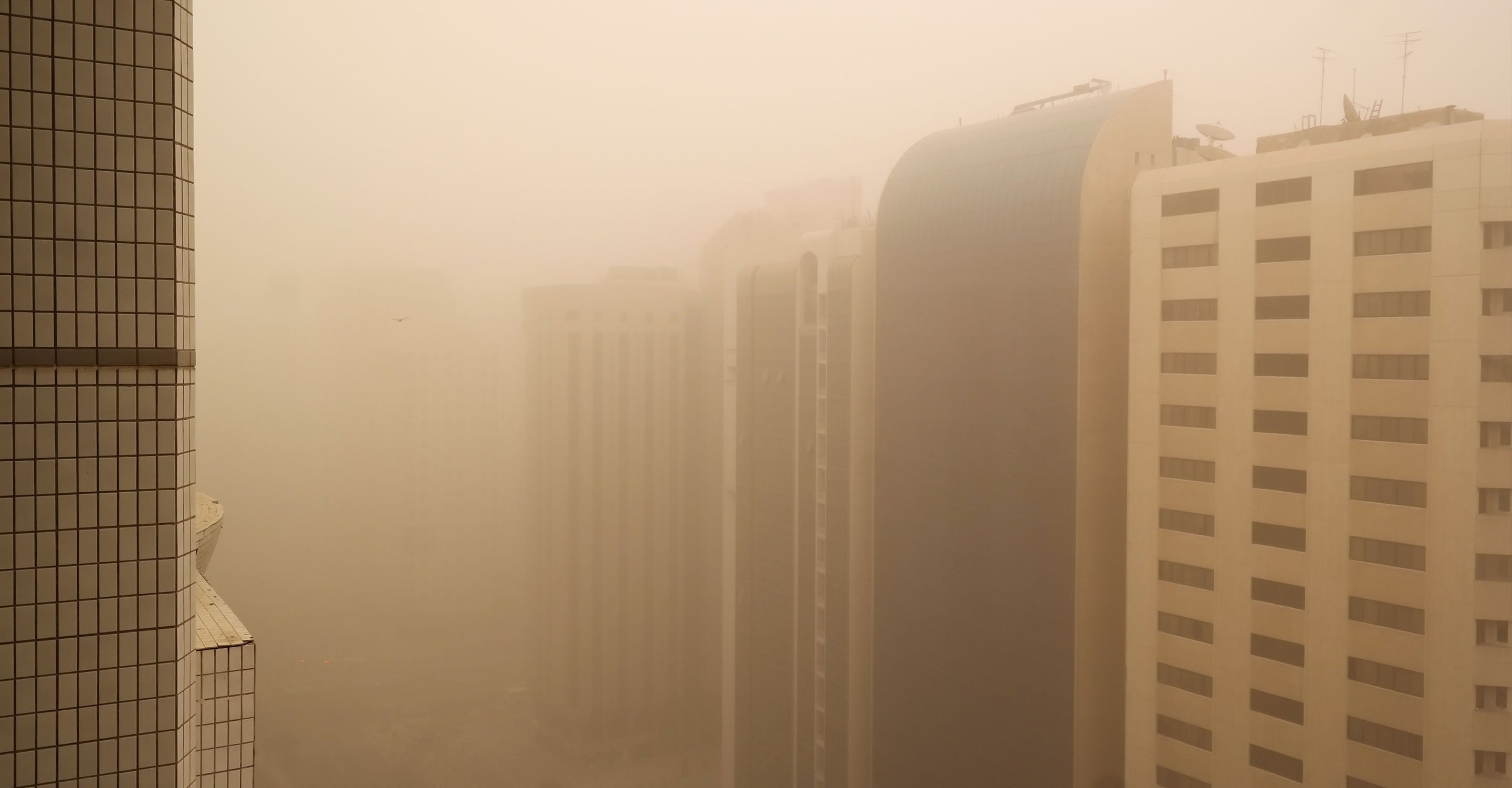Nizhniy Novgorod air quality map
Live air pollution map of Nizhniy Novgorod
15.2K people follow this city
Full screen
Contributors category
0
Government
0
Educational
0
Non-profit organization
0
Corporate
0
Individual
0
Anonymous
Station(s) operated by

*IQAir’s AQI data modeled using satellite data. Learn more
Health Recommendations
| Enjoy outdoor activities | |
| Open your windows to bring clean, fresh air indoors GET A MONITOR |
Nizhniy Novgorod does not have air sensor data
Be the first to measure and contribute air quality data to your community.
Understand air pollution and protect yourself
Nizhniy Novgorod MAP AIR QUALITY ANALYSIS AND STATISTICS
What fascinating facts about air quality can be found on the air pollution map for Nizhniy Novgorod?
All of this fascinating information is readily available on the air pollution map for Nizhniy Novgorod. The map is easy to find as there is a link on the main city page. Clicking on the map icon will encourage a new page to open which contains all these facts.
When first opened, possibly the first thing a viewer will notice is the overall colouration of the background of the map. This is a direct indication of the air quality. Colours can range from pale green to dark maroon where the darker colours represent worsening air quality. There would usually be some coloured circles on the map which represent the location of the ground-level air monitoring stations, however, not all cities have these actual stations and rely on data from overhead satellites. Nizhniy Novgorod is one such city, but the results are very much the same.
These discs display a number at their centre which is the United States Air Quality Index reading or US AQI for short. It is calculated by recording the measurements of six of the most prolific air pollutants found in the city air. These are usually both sizes of Particulate Matter (PM2.5 and PM10), ozone, nitrogen dioxide, sulphur dioxide and carbon monoxide. Once established, it is used as a standard when comparing air quality in different locations around the world. The entire system is encouraged and endorsed by the World Health Organisation (WHO).
Looking back at the main city page there is a coloured banner across the top of the page. The colour of the banner also reflects the current air quality and also gives the US AQI reading and a brief indication of the air quality. In December 2022, the banner was green which stated the air quality was “Good” with a US AQI reading of just 7. The asterisk to the left of the number shows that the data is provided by satellite information. The main pollutant was recorded as being PM2.5 with a level of 4.1 µg/m³ which falls nicely below the suggested target figure of 5 µg/m³ as recommended by the WHO.
Can any more exciting information about air quality be gleaned from the air pollution map for Nizhniy Novgorod?
There is more exciting information on the air pollution map for Nizhniy Novgorod but the page needs to be viewed at maximum size in order to see everything that is on it. There is an icon at the top of the page which, when selected, will open the page in full-screen mode and reveal all it has to show.
When viewed in this way, a list of four options will appear on the left-hand side of the screen. They can all be turned on or off individually to get a better idea of what each choice does to the map.
The first option would show the location of the ground-level air monitoring stations but Nizhniy Novgorod gets its information from satellites so there are no physical stations to show.
The second option shows the location of any wildfires that might be burning in the vicinity. In December 2022, there were no icons on the map because there were no reported fires burning out of control in the vicinity. If there were any fires, then option number four should be consulted because it shows the speed and direction of the prevailing winds and would give a good indication of where the smoke may blow.
This just leaves option number three which shows the current air quality through the colouration of the background of the map. It follows the same colour scheme as the rest of the IQAir website. Some viewers may find the colour saturation to be too much, in which case it can be deactivated and the map will revert to a more subdued colour scheme.
There is more information on the right-hand side of the screen where a table can be found. This shows the ranking of world cities according to their levels of pollution. By default, only the top seven cities are shown but further exploration can be made by checking out the full ranking whereby a new page will open which shows the ranking of all participating cities.
Can areas of high pollution be seen on the air quality map for Nizhniy Novgorod?
This is not really possible because the information from the satellites does not differentiate between the different areas within the city. It regards the city as a whole.
Can the source of air pollution be seen on the air quality map for Nizhniy Novgorod?
The source of the polluted air cannot be seen directly on the air quality map for Nizhniy Novgorod, however, as a large industrial centre, is characterized by a high level of air pollution associated with emissions from road transport (83 per cent) and industrial facilities. The city is surrounded on all sides by industrial centres with large volumes of pollutant emissions.
The Nizhny Novgorod region is one of the most industrial regions of Russia. Environmental problems here are associated with the development of industry, agriculture, transport, energy and urban growth. Industry is one of the most powerful polluters of the environment and its waste affects all components of nature.
The most common harmful substances in the atmosphere of the region's settlements are dust, sulphur dioxide, nitrogen dioxide, carbon monoxide, and hydrocarbons. Pollution with sulphur dioxide and nitrogen oxides has given rise to such a phenomenon as "acid rain", which poisons the air, water bodies, soil and destroys forests, and adversely affects people's health.
A strong environmental pollutant is transport, which accounts for well over 40 per cent of the total air pollution in the region. Transport pollutes not only the air but soils are polluted near parking areas and highways. The main pollutants here are copper, zinc, lead and oil products.
Considerable harm to the environment, especially water bodies, is caused by the process of sprinkling roads with sand and salt in winter. With the onset of spring, melted snow waters carry salt into rivers, lakes and ponds.








